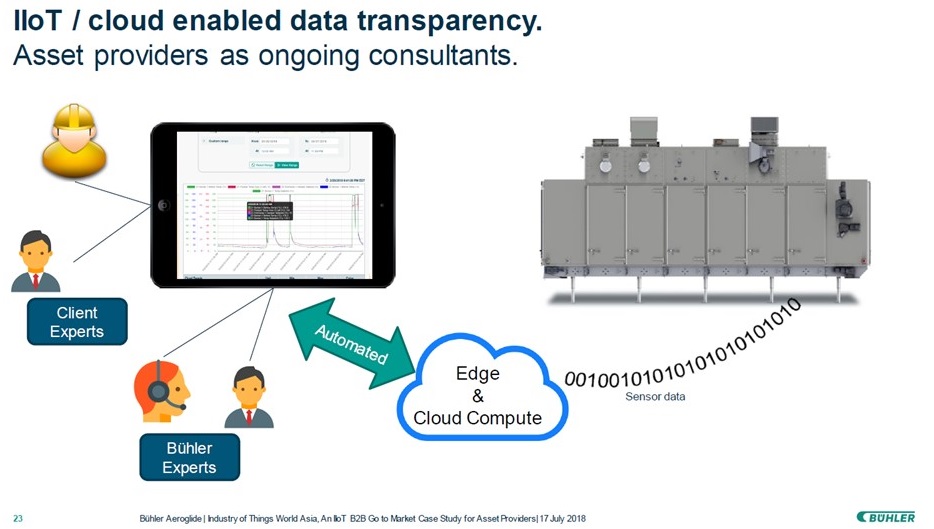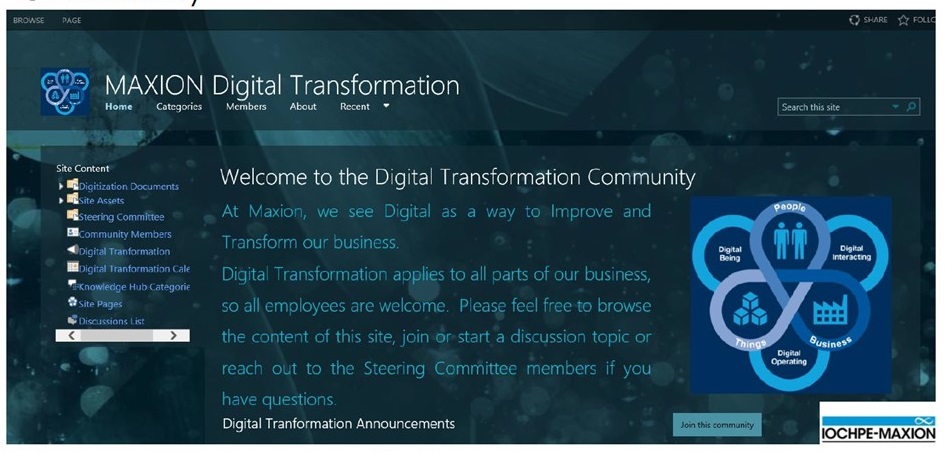

After its inaugural outing last year, the Industry of Things World Asia event, organized by Berlin based we.CONECT, and a companion conference to the company’s Industry of Things World shows in Germany (Berlin) and the US (Orlando and San Diego), made a return to Singapore this July. As the name implies, Industry of Things World focuses firmly on the industrial strand of IoT, differentiating it from other more general IoT events and making it more than a little relevant for ARC Advisory Group, which this year was the chair for the two-day main conference session.
Aside from the strong industrial theme, the other welcome attraction of this conference was the high proportion – over 60 percent − of end user speakers among the presenters, who also came from industry organizations such as Industrial internet Consortium, OPC Foundation and VDMA, and technology suppliers including Microsoft, GE Digital and Vodafone.
With ARC research indicating that difficulties in articulating business cases and determining ROI numbers are significant hurdles for companies adopting Industrial IoT technology or embarking on broader digital transformation journeys, hearing and learning from other end users on their motivations, experiences and challenges can be an invaluable step on deciding how best to approach and move forward with projects in these areas.
So in the first of two articles, we take a look at some of the end user experiences presented at this year’s Industry of Things World Asia event in Singapore.
As the owner of millions of dollars’ worth of manufacturing assets, the French headquartered multinational industrial gases supplier sought to create a “data culture” within the company with a view to producing new value. To make a step change in operational excellence, Air Liquide’s Smart & Innovative Operations (SIO) approach includes deploying digital technologies to leverage data (which is now an asset) and adopting centralized data driven decision making whilst also being cognizant of the need for accompanying organizational transformation – new roles, competencies and career paths.
Opened this January, the new SIO Center in Kuala Lumpur, Malaysia, connects to 18 production sites across Asia Pacific and using advanced analytics tools, deploys solutions such as SIO Predict for detecting potential failures in rotating and electrical equipment, and SIO Perform for ensuring operations are executed at the most economical point by browsing years of past operating data and using analytics, identifying the best performance made under similar operating conditions.
This manufacturer of thermal processing equipment such as industrial dryers, ovens and coolers is using Industrial IoT technology in order to stay connected to its assets once out in the field at customer sites. All its equipment are now sold with on-board connectivity while existing installed base or competitors’ assets can be retrofitted with IIoT technology to enable the same level of remote services capability, which is monetized for Buhler Aeroglide via service subscriptions.

These subscriptions are offered on a tiered basis of escalating digital services: B-Edge Gateway Tier; B-Essential Tier; B-Pro Tier; and B-Develop Tier. The new “digital relationship” moves the OEM from pure asset provider to ongoing consultant, with equipment problems solved much faster and operational efficiency improvements attained through (depending on service tier) Buhler Aeroglide process experts’ ready access to and analysis of machine data, which can translate to financial benefits for customers
Like Air Liquide, Buhler Aeroglide also points to organizational culture change as a key success factor in its IIoT adoption. Key elements include getting C-suite attention and support and energizing the organization by doing things differently. And this soft aspect must be an ongoing process.
This manufacturer of steel and aluminum wheels and structural components for the automotive industry had a number of objectives for its recent digital transformation initiative: solve real business issues; create new core competencies; attain market leadership to better serve customers; and improve financial results. One level below that, the company needed to make decisions such as to identify the biggest opportunities for business improvement, establish metrics to objectively define success, and select the plants at which to undertake pilot projects.
Indicating the breadth of Iochpe-Maxion digital transformation efforts is the large number of projects undertaken across its global manufacturing sites, with 71 completing this year and a further 42 next year. Technologies adopted include additive manufacturing, augmented/virtual reality, and data analytics, with application areas including remote video support for production, energy management, predictive maintenance, and equipment/product track & trace.
Some key learnings from Iochpe-Maxion digital journey: enthusiasm for digital transformation needs to exist everywhere, from the shop floor staff to the executive suite; creating internal knowledge hubs helps to support specific digital projects, setting standards and training employees; and deepening relationships with technology partners helps to develop digital strategies and connected processes.

Part Two of this article next week features more stories of end user Industrial IoT adoptions and digital transformation journeys from Industry of Things World Asia.

